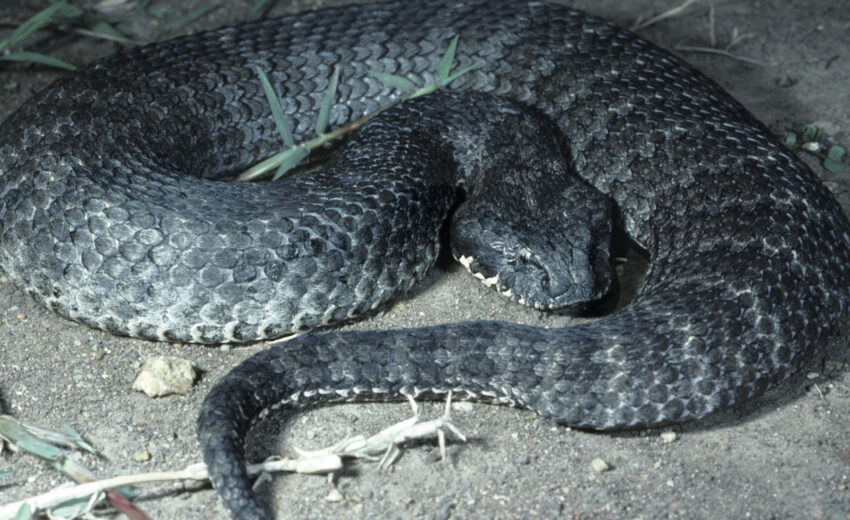The common death adder can be seen throughout much of eastern and coastal southern Australia. In central Australia you’ll find the desert death adder and to the north you’ll see
- Zoology
- Daily Critter Facts
- For Teachers
- Study Guides
- Animal Diseases & Parasites
- Contact

